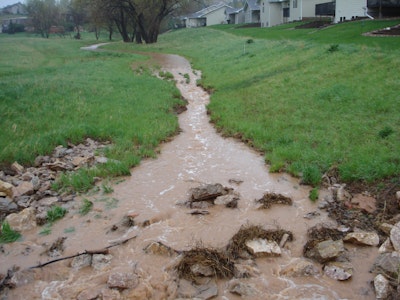
Wetland channels constructed in downtown Rapid City, South Dakota, effectively reduced many pollutants in stormwater runoff, according to a recent U.S. Geological Survey report.
Measurements collected by the USGS during 2013-14 showed that concentrations of total suspended...






